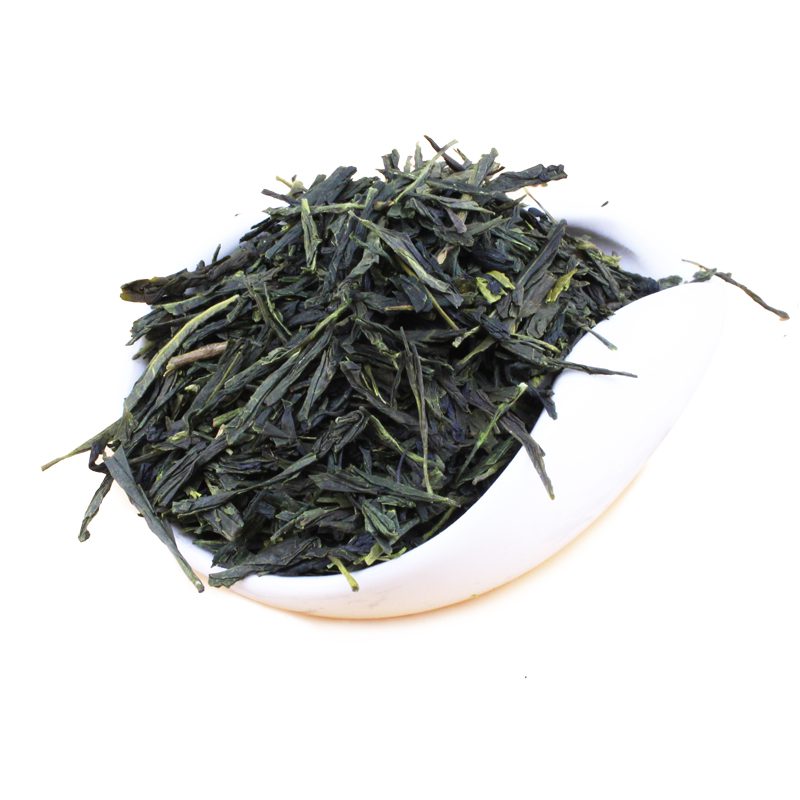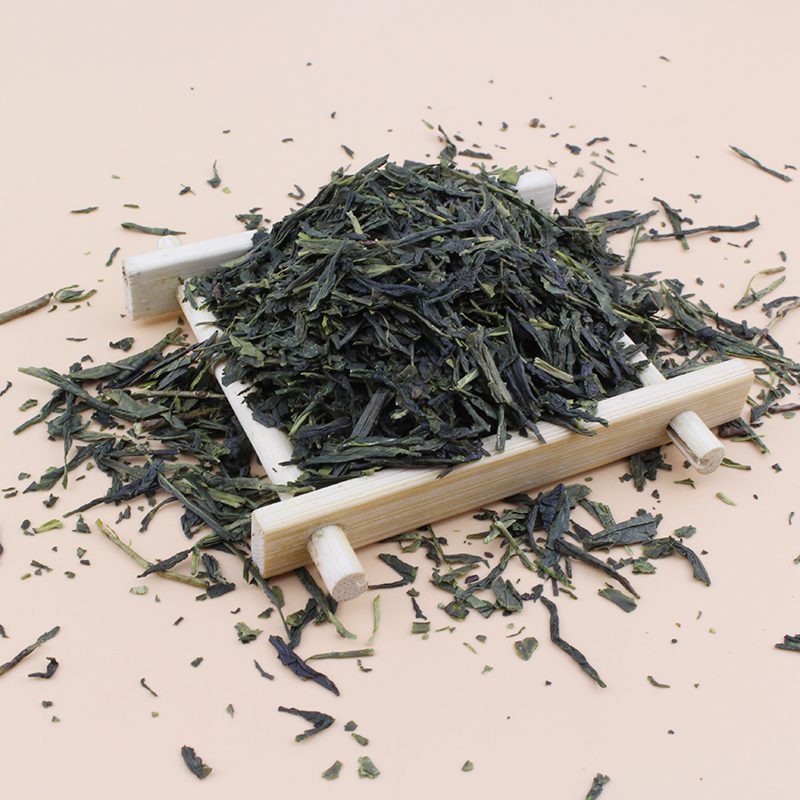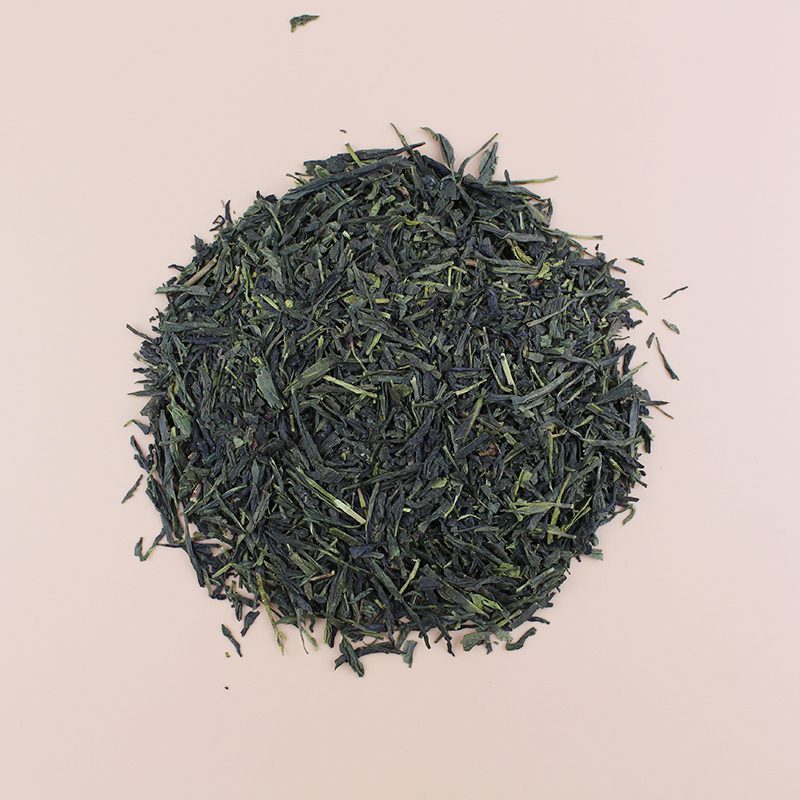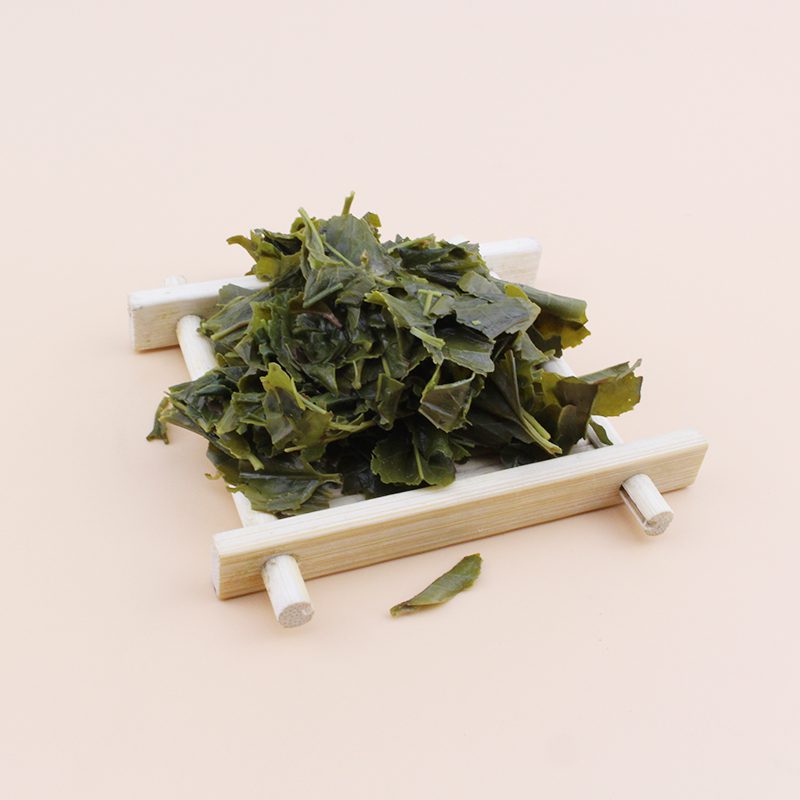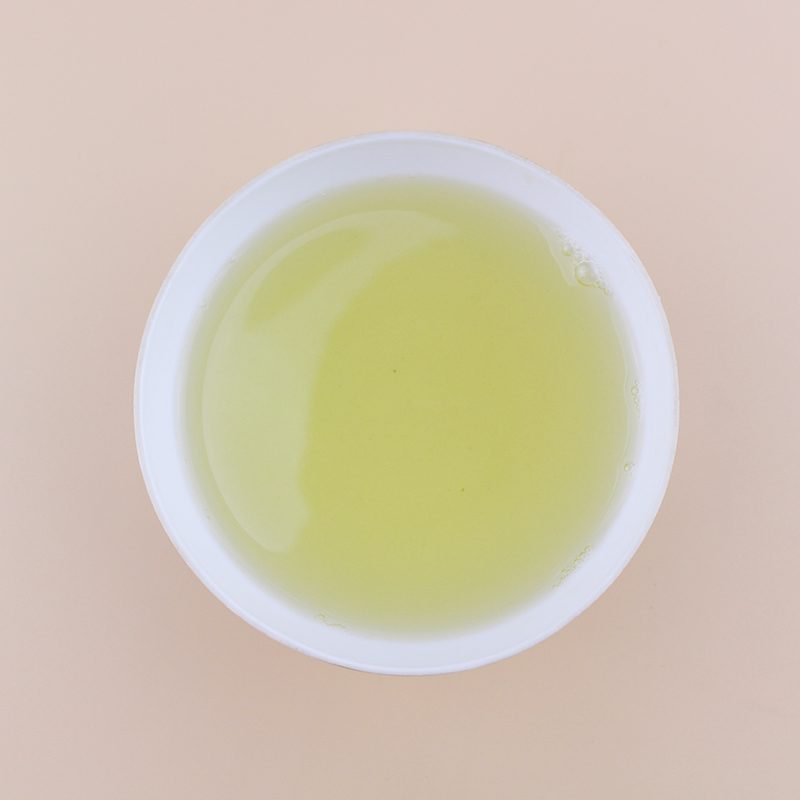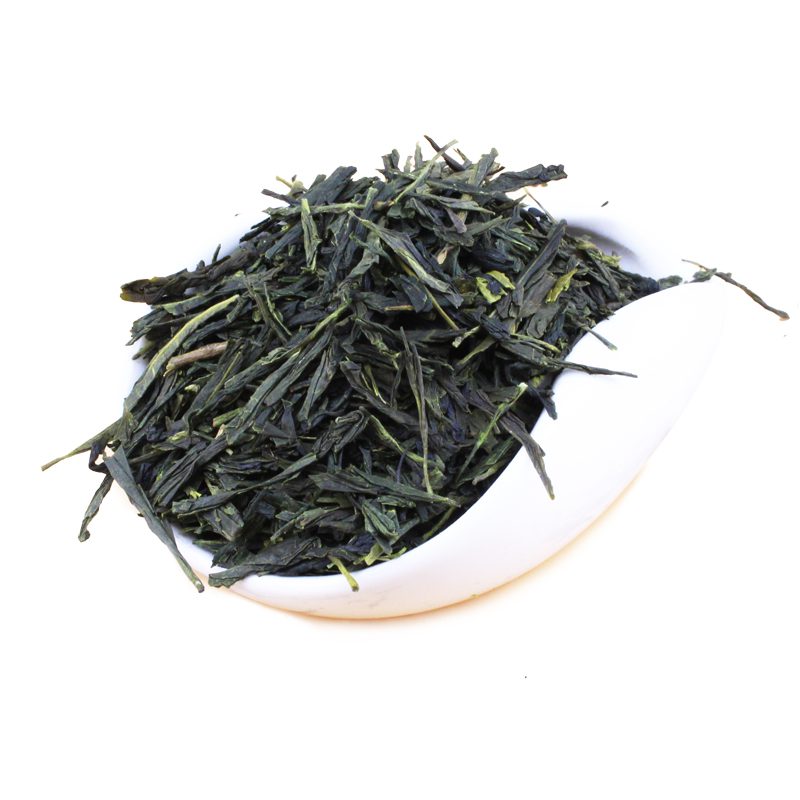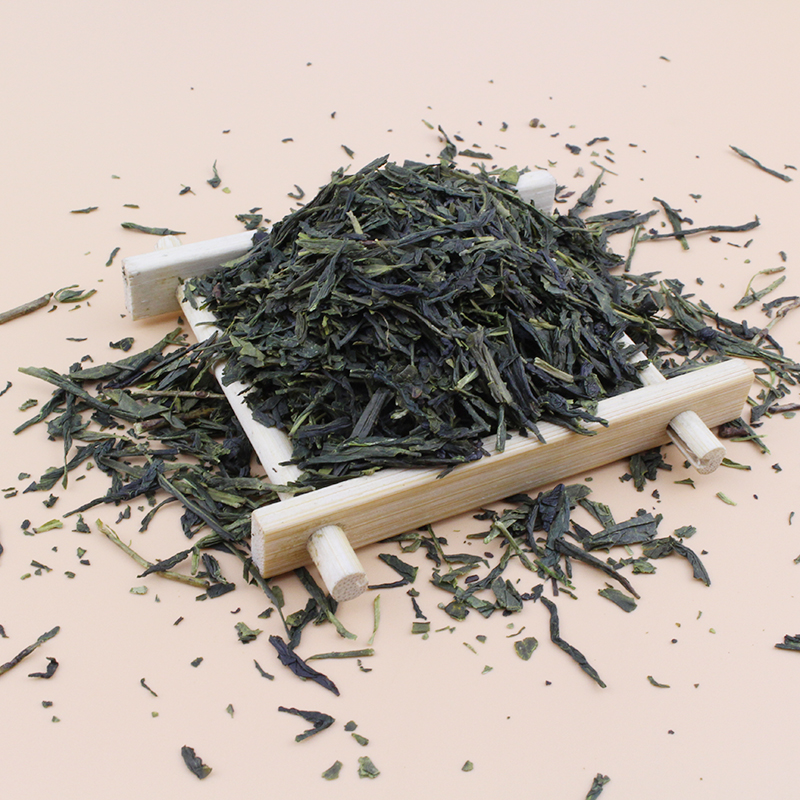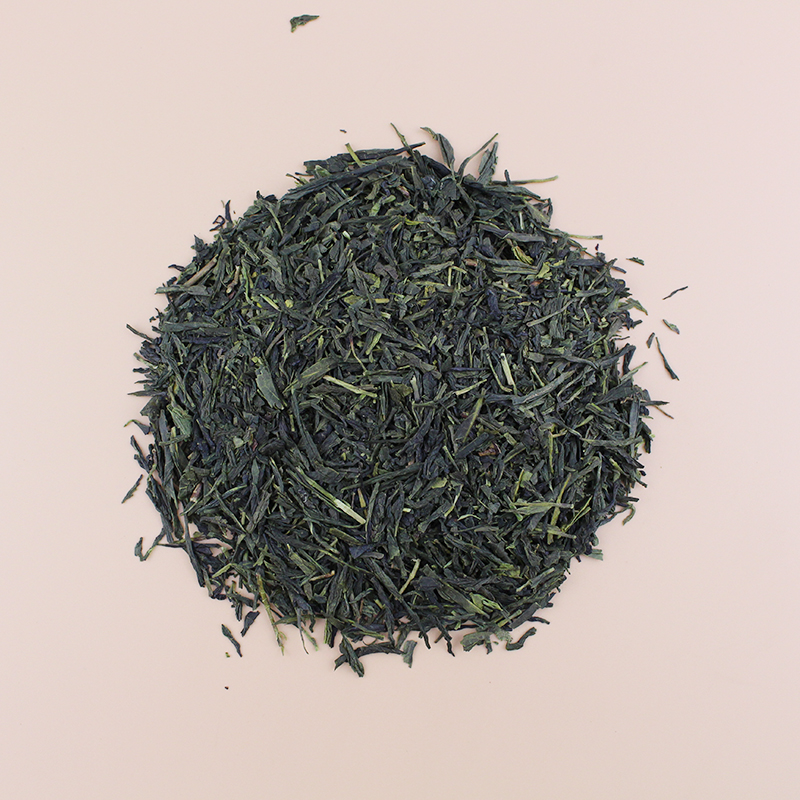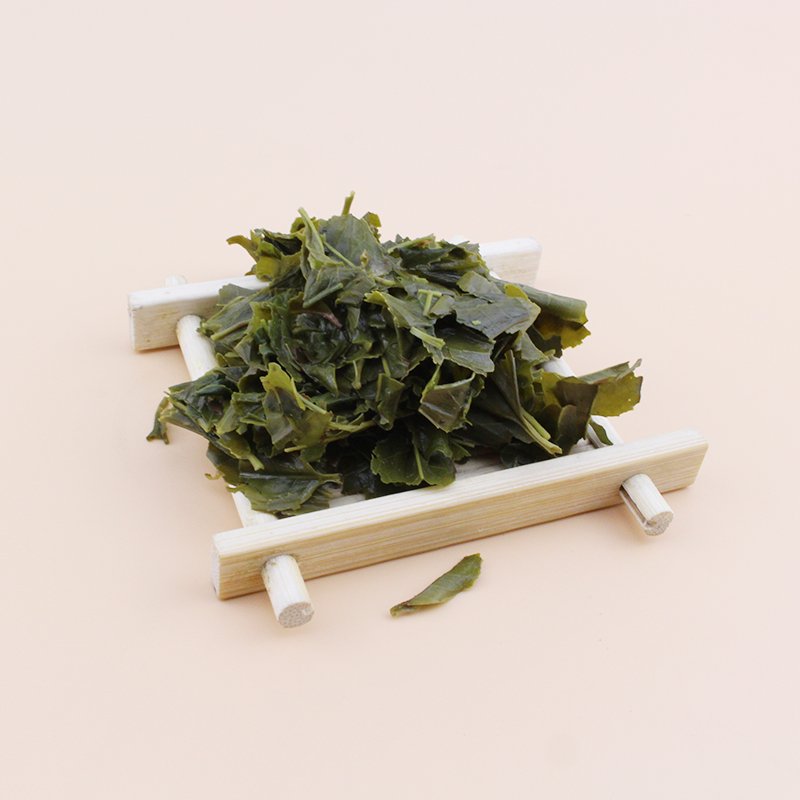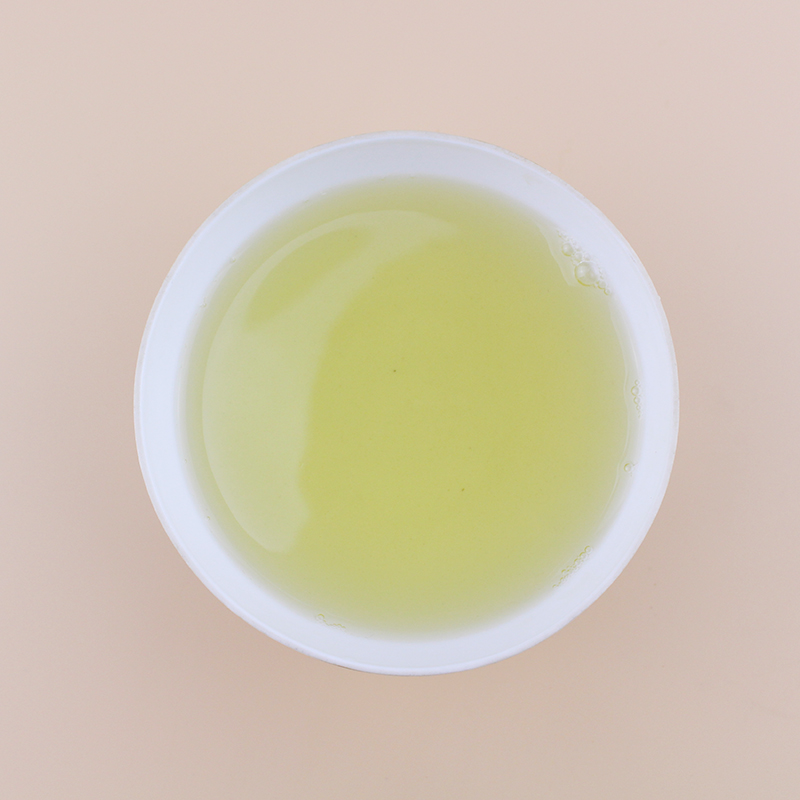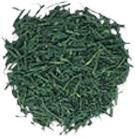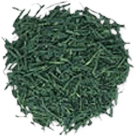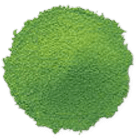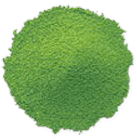Органический зеленый чай Сенча
Органический чай YiBei онлайн > Продукция > Зеленый чай > Zheng Qing > Органический зеленый чай Сенча
Органический зеленый чай Сенча
Органический зеленый чай сенча, изготовленный по японскому стандарту сенча, в основном экспортируется в Японию, ЕС и США. The Sencha Choice Bancha Hojicha Tea Китайский зеленый чай Потеря веса
Продукт Detail
Зеленый чай Сенча
Steamed green tea is famous as its "three green"
the feature of “Jade green of tea appearance”, “Azure green of tea soup” and “Dark green of brewed tea leaves”
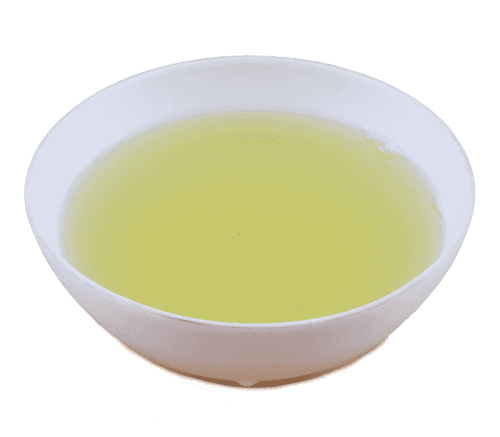

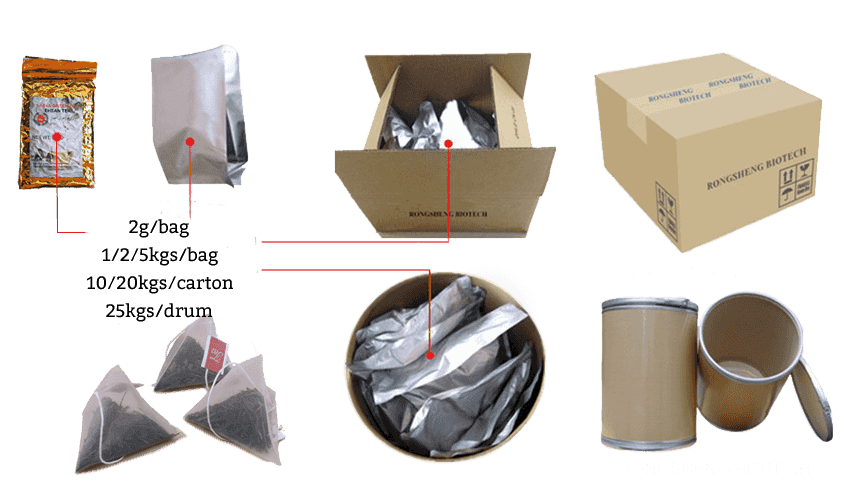
Health and Safety
What tea is healthy and safe for people to drink without worries?
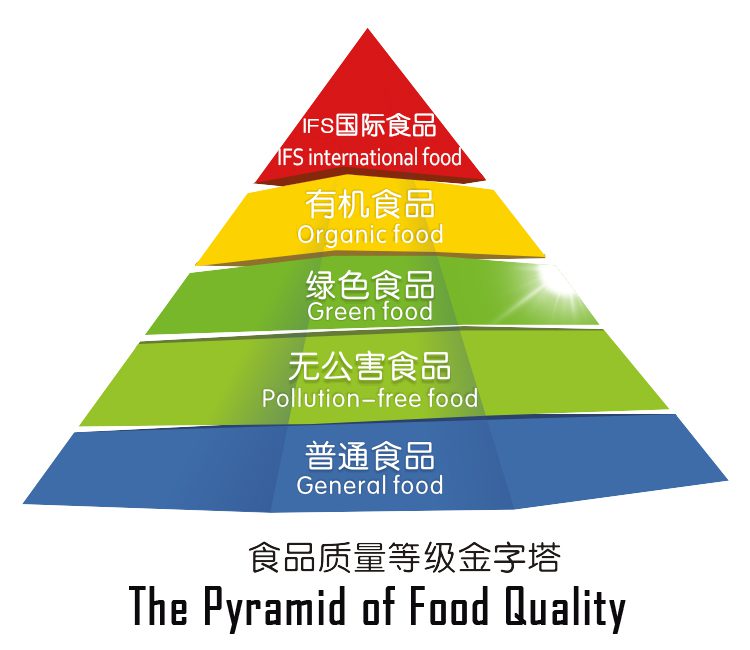
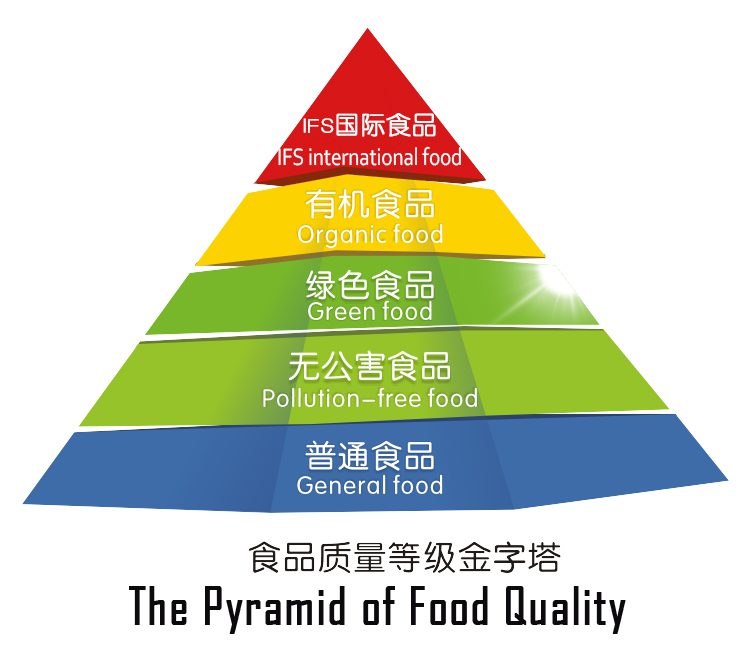
IFS Internatinal Food
Passed 465 items inspection of EU regulations, 376 items inspection of Organic with EC and USDA international standard.
Organic Food
Forbid to use the transgenosis, irradiation, chemical fertilizers, synthetic pesticides, herbicides and other additives.
Geen Food
Strict confine to use the chemical fertilizers, synthetic pesticides, herbicides and other additives.
General Food
Allow to use the ferticser of chemical fertilizers, synthetic pesticides, herbicides and other additives.
Pollution-free Food
Limit to use the ferticser of chemical fertilizers, synthetic pesticides, herbicides and other additives.
To judge a health food is the test result of pesticide residual, even if organic food, the test result is also postive. Every country has a regulation for their own consideration, we followed up the most strict standard of European Union in the world and even international ORGANIC. We have been conducting the test by international authority EUROFINS .
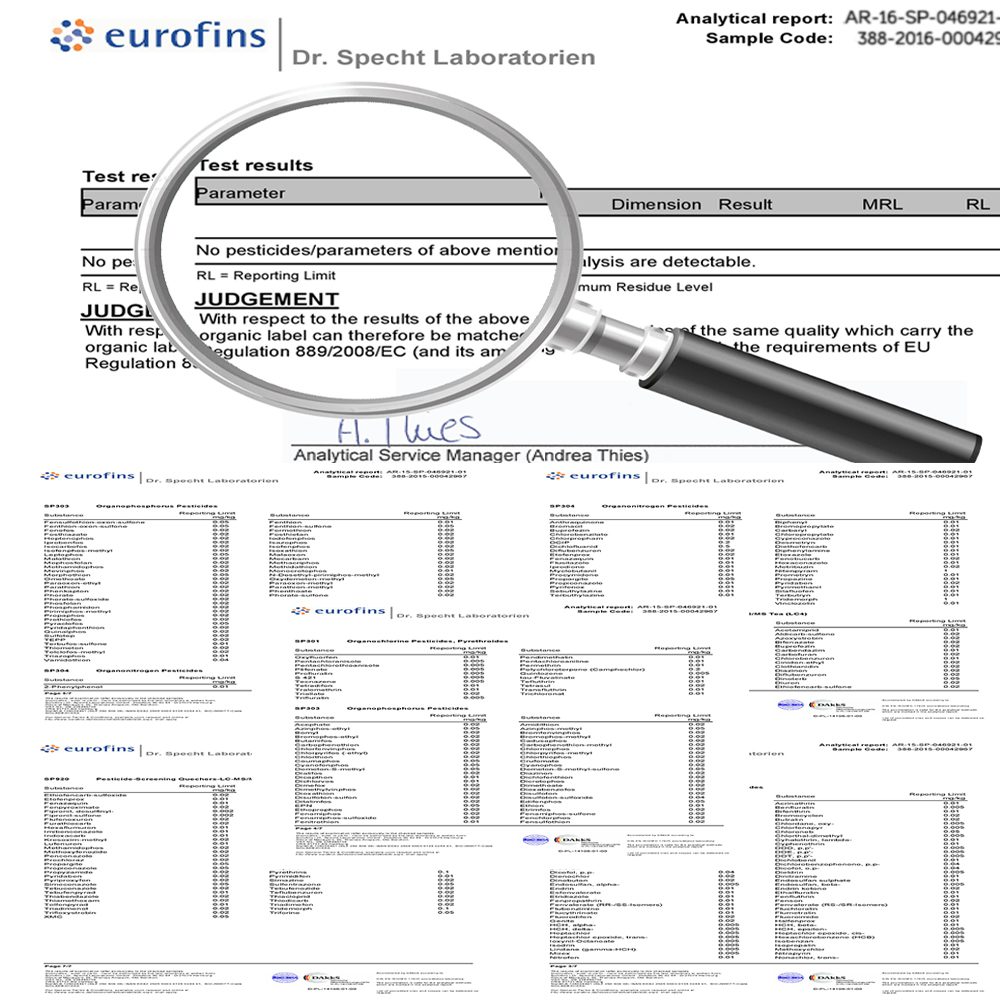
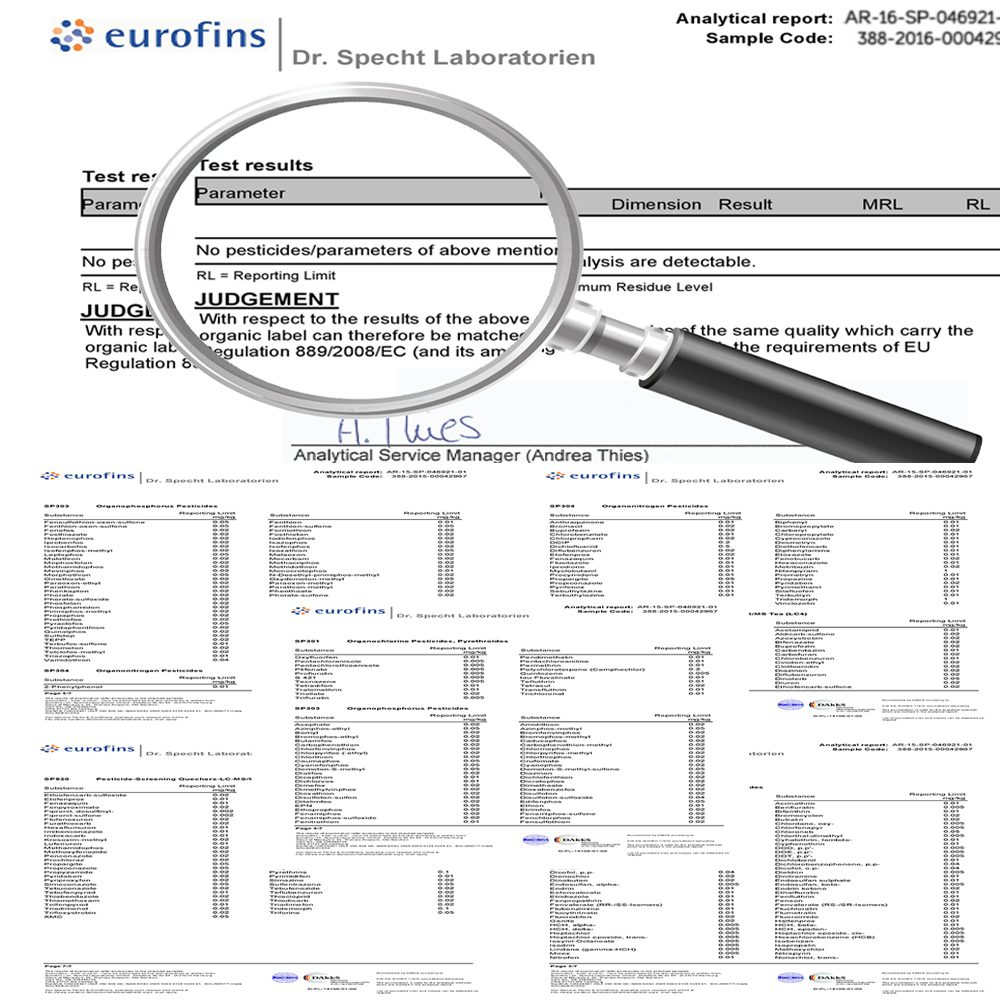
Our organic certificates are conducted by BCS international institution. We reach to EU, USDA and JAS triple standards and owns all of these three organic certificates. If required, we can issue organic TC certificates for customer's organic trading.
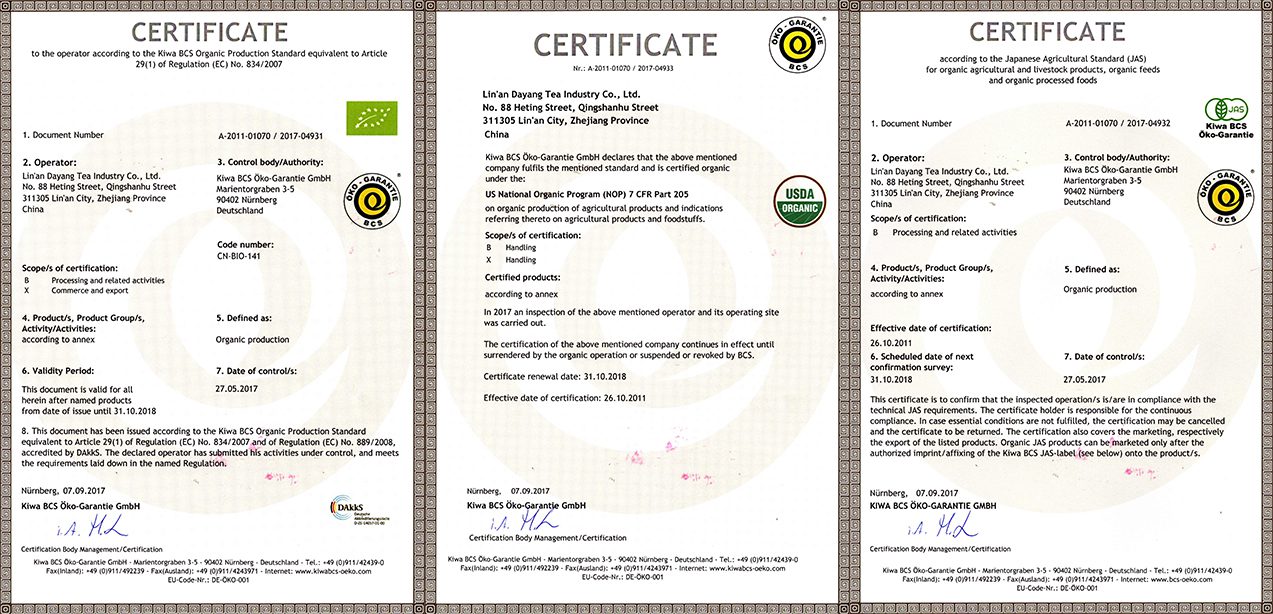
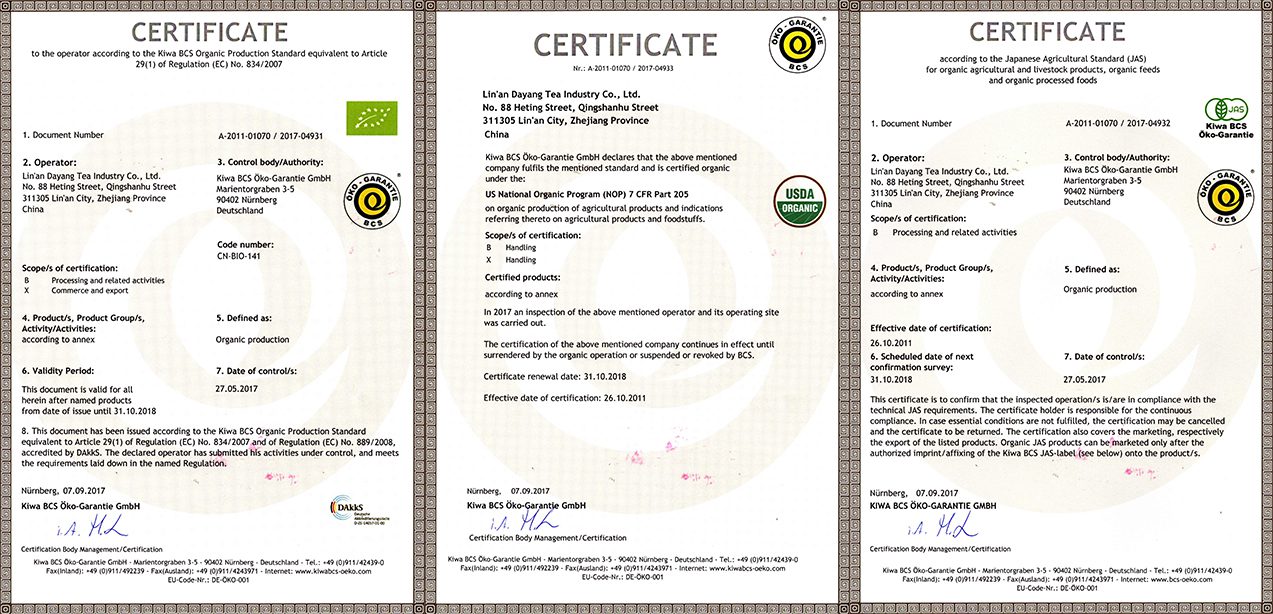
Tea Benefits
Matcha is a treasure, it is also the cure of disease. Its nutrition of tea covers all Seven major food nutrients & Six types of human essential nutrients on the world.
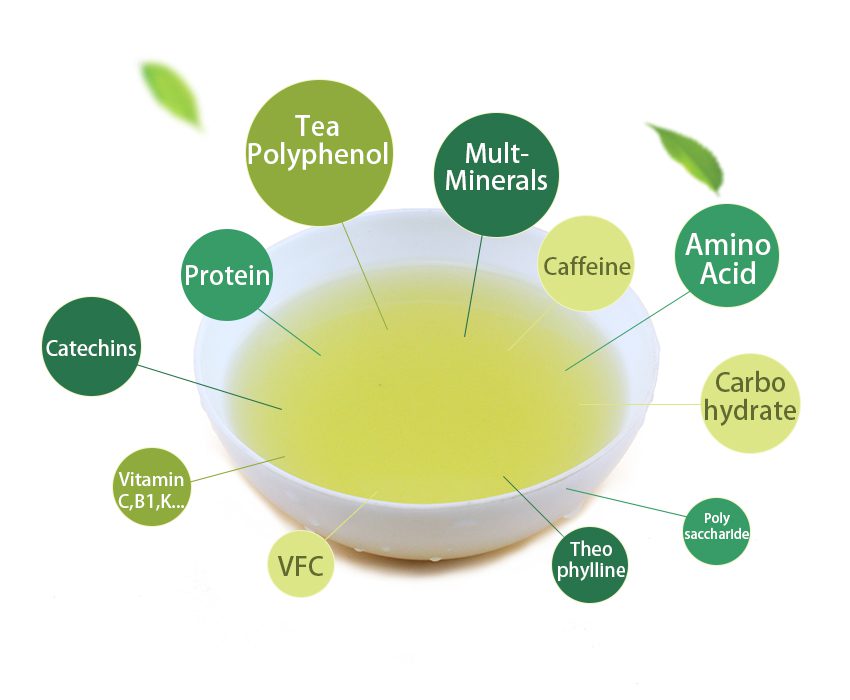
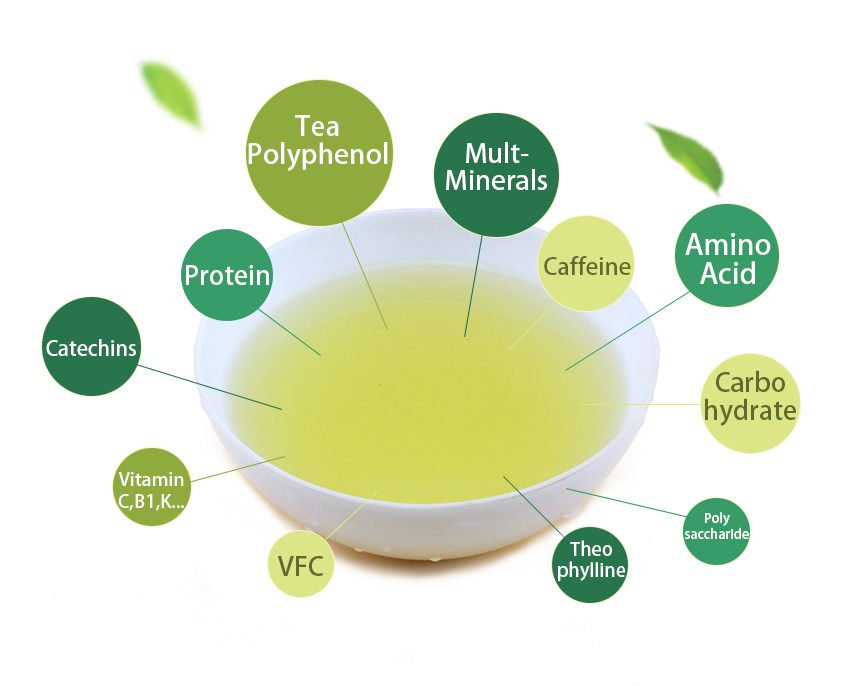
Tea Polyphenol, Amino Acid, Theanine, Catechins(EGCG, ECG, EC, EGC), Protein, Caffeine, Vatamin(C, A, D, E, P, U, K, B1, B2, B3, B5, B6, B11, B12…), Theophylline, Carbohydrate, Tea Polysaccharide, Volatilizable Frangrant Compounds, Minerals(K, P, Ca, Mg, Na, CL, S, Fe, Cu, Zn, Mn, Mo, Ni, Sn, Fo, Co, Cr, F, I, Se, Si).
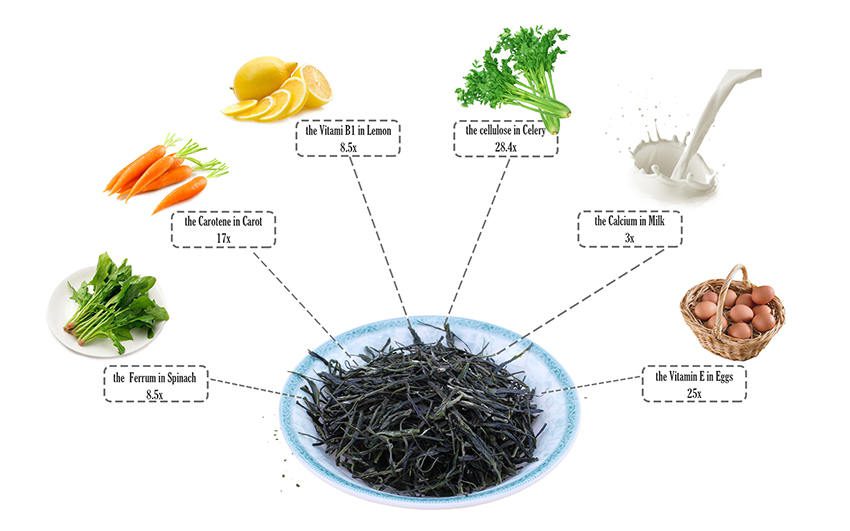
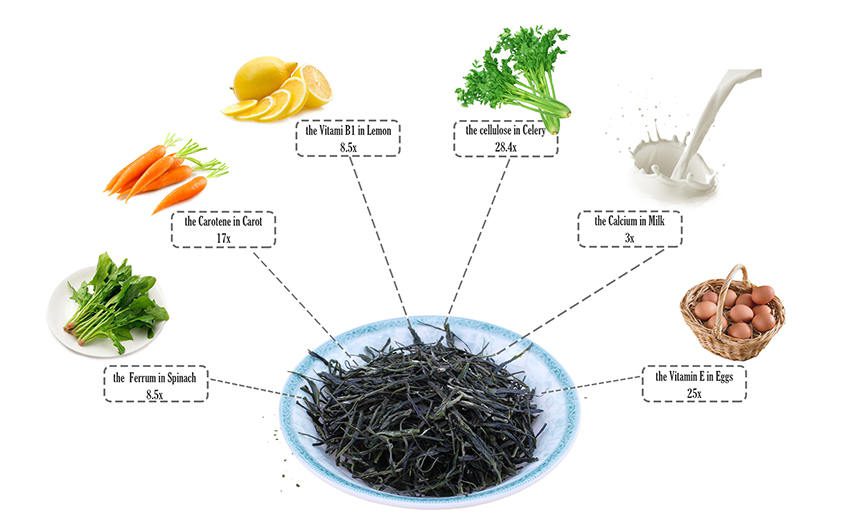
Production Process
How the sencha has been produced?
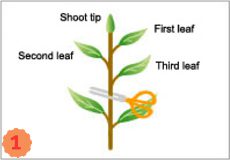
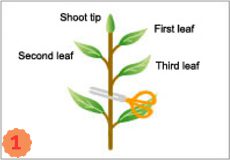
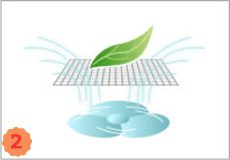
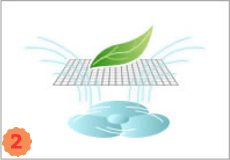
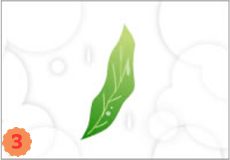
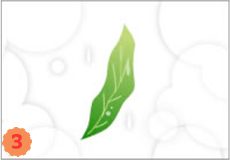
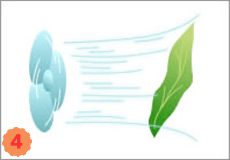
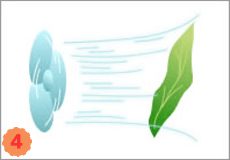
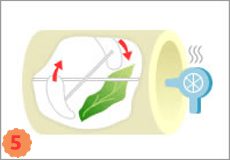
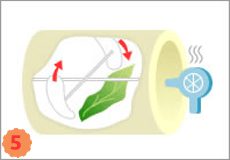
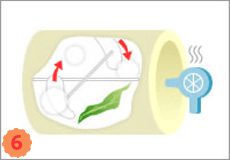
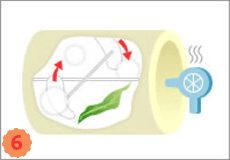
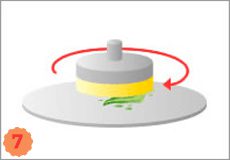
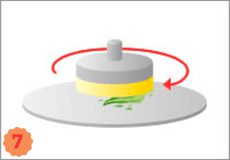
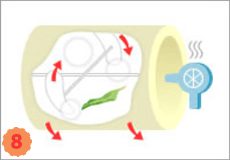
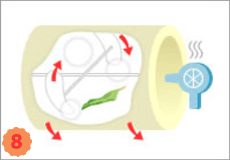
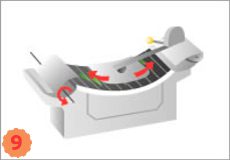
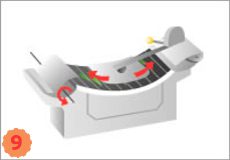
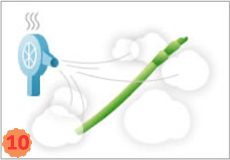
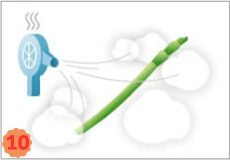
Tea Variety
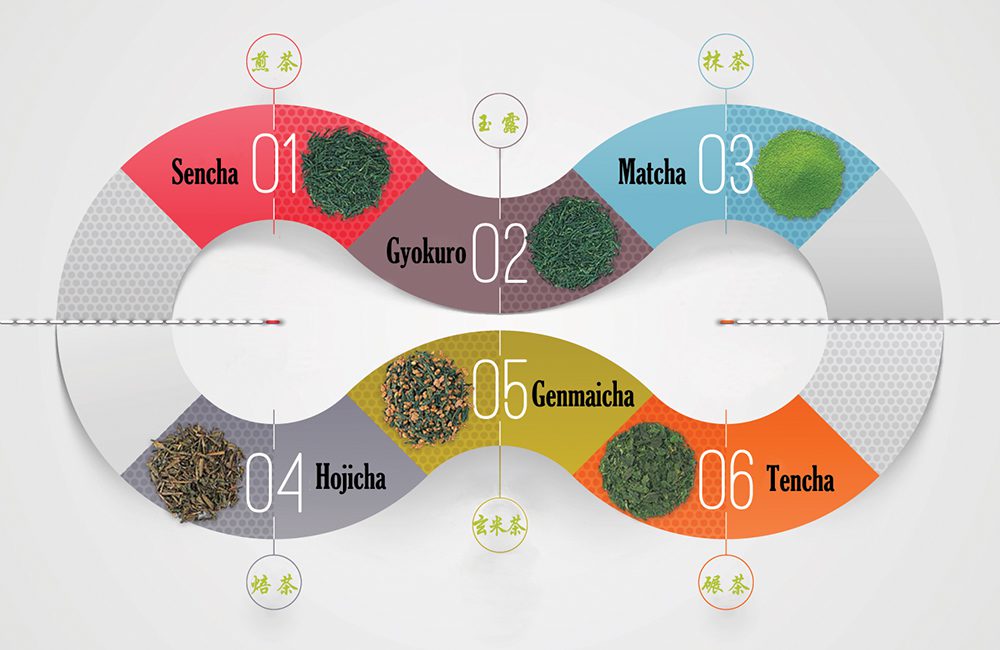
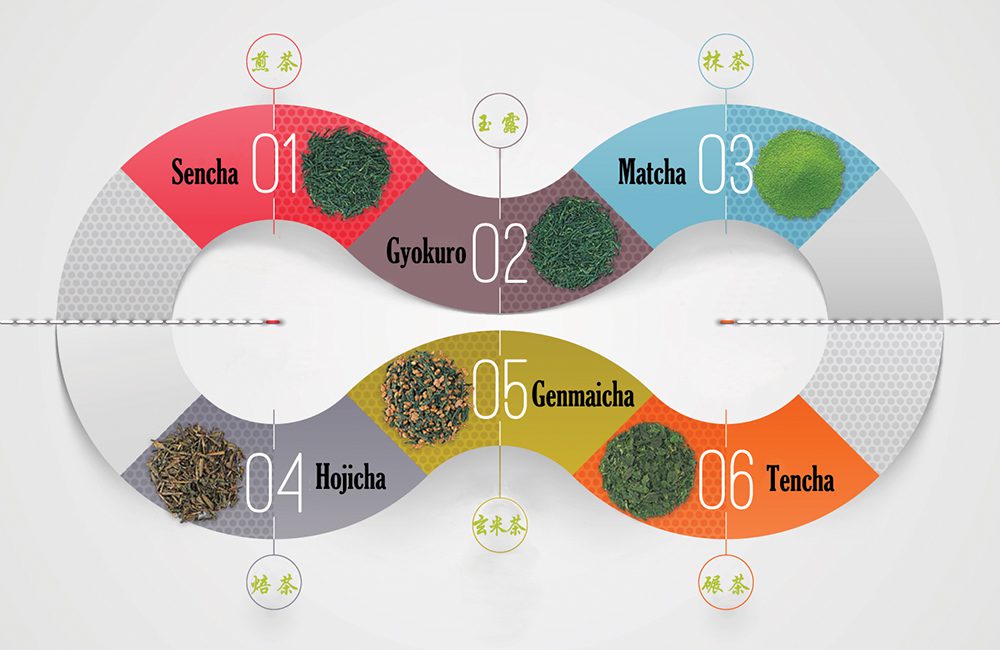
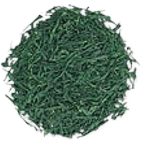
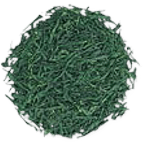
Gyokuro
Gyokuro tea bushes are covered with cloth or reed screen approximately days prior to picking. By limiting the amount of light that reaches the new shoots while they are growing, the generation of catechins from amino acids (theanine) is suppressed, resulting in lower astringency and a rich flavor. An aroma, similar to nori seaweed, is one of Gyokuro's unique characteristics.
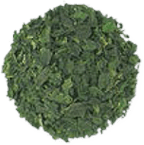
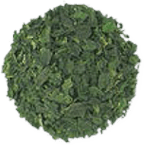
Tencha
Tencha is mainly used as the ingredient for Matcha. Similar to Gyokuro, the raw leaves(Ichibancha) used for Tencha are grown according to the covered culture method whereby the tea bushes have reed screen or cloth placed over them to block out most sunlight. However, after steaming, the leaves are dried without being rolled. After removing stalks and leaf veins, the tea leaf flecks become Tencha.
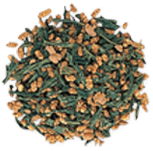
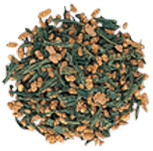
Genmaicha
Genmaicha derives its name from the Japanese word for "brown rice", which is rice that still retains the bran covering of the rice grain. The soaked and steamed brown rice is roasted and popped, and is mixed with Sencha or other tea in an approximately ratio. One may enjoy the combination of the savoriness of roasted brown rice and the refreshing flavor of Sencha. Genmaicha has a low caffeine content, making it a suitable tea for children and elderly people.
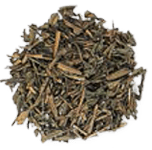
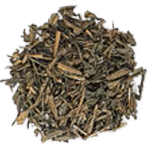
Hojicha
Hojicha is made by roasting Sencha or other types of green tea, which gives it a distinctive roasted aroma. The tea leaves are roasted in a roasting pan at a temperature of approximately 200 degrees. Through roasting, caffeine is sublimated and the Hojicha becomes less bitter. For this reason, it is said to be a tea that is easy to drink for children and elderly people. One may enjoy Hojicha's savory aroma and clear, light taste.
Tea Direction
How to brew japanese green tea?
Standard Methods for Preparing Green Tea
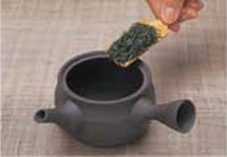
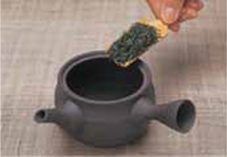
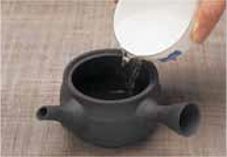
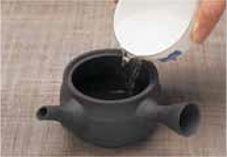
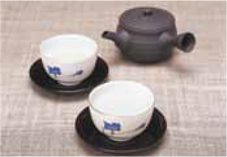
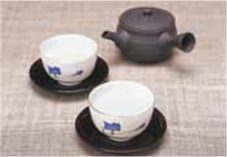
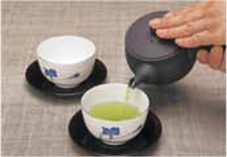
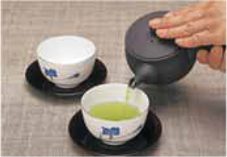
Type of Tea | Amount of Tea Leaves | Water Temperature | Amount of Water ( for one person) | Infusion Time | Second Pot |
|---|---|---|---|---|---|
Sencha (Standard) | 2.0g (approx. three-quarter tablespoon) | 80-90 0C (small rising high but not straight) | 90ml | Approx. 60 seconds | For the second pot,water tem perature should be slightly increased and infusion time shorter. |
Sencha (High Grade) | 2.0g (approx. half tablespoon) | 70 0C (small rising high but not straight) | 60ml | Approx. 120 seconds | |
Gyokuro (Standard) | 3.0g (one level tablespoon) | 60 0C (small rising wisp of steam) | 20ml | Approx. 120 seconds | |
Gyokuro (High Grade) | 3.0g (one level tablespoon) | 50 0C (faint wisp of steam) | 20ml | Approx. 150 seconds | |
Bancha | 3.0g (approx. one tablespoon) | Boiling water | 130ml | Approx. 30 seconds | Boiling water for the second pot also |
Hojicha | 3.0g (approx. one heaped tablespoon) |



